The storied tapestry of French equine history is as rich and textured as the country’s famed cultural heritage. From the powerful steeds that carried knights in medieval times to the sophisticated breeding programs of the modern era, France’s devotion to developing superior horse breeds is a testament to their enduring legacy. With an intricate blend of passion and precision, the quintessence of French horse breeding is found in the harmonious dance between tradition and innovation. Engaging with the vast panorama of French horse breeds not only enhances our understanding of equine excellence but unveils a fascinating narrative that has been galloping through the heart of France for centuries.
Table of Contents (Horspedia)
History of French Horse Breeding
The Trotting Triumph: A Gallop Through French Horse Breeding History
Picture the lush green countryside of France, dotted with majestic horses prancing around—it’s not just a dream but a testament to the nation’s deep-rooted love affair with horse breeding. So, how did France become one of the cradles of European horse-breeding excellence? Let’s trot back in time to find out!
In the very beginning, think way, way back before fancy cars and bicycles, horses were the real MVPs of transportation and agriculture. As early as the Middle Ages, French monasteries were the hotspots for breeding horses. Monks, believe it or not, were some of the first to recognize the value of specific horse traits and started developing breeds to suit different tasks. Some were strong and steady for farm work, while others were quick and graceful, perfect for a nobleman’s swift escape or a thrilling joust.
Fast forward to the 16th century, and King Henry IV steps onto the scene with a royal passion for horses. He kickstarted the organized breeding program by importing stallions from across the seas. His goal? To blend foreign vigor with local mares to create a super breed of war horses.
The next big leap came with the Sun King, Louis XIV, who was all about grandeur and prestige. He established the royal studs and laid down the law—quite literally—with the royal ordinance of 1665, making it official how horse breeding should be done around his kingdom. The cavalry and his court needed to look top-notch, so Louis made sure they had the most magnificent horses to match their status.
But not all French horses were destined for battles and show-off parades. By the 19th century, the Industrial Revolution had farmers needing horses that could trot fast and pull heavy loads. The French answer? The development of the sturdy Norman cob and the now-famous Percheron. These breeds became farming favorites and were even exported across the world.
Meanwhile, in the world of racing, something exciting was happening. France fell head over heels for the English Thoroughbred, and racing became a sensation. French breeders, keen as ever, started cross-breeding with their own to create the French Trotter—fast, resilient, and able to race like the wind.
Now, through a blend of rigorous selection, passionate caretaking, and an eye for the finest equine features, France has established itself as a top-notch horse breeding nation. The Selle Français, a breed created in the 1950s, is the perfect example of this dedication to excellence. It excels in show jumping and eventing, and showcases the culmination of centuries of breeding expertise.
Over time, French horse breeding has become an art of balancing strength with beauty, endurance with speed. Each horse bred within the French tradition carries with it a legacy of meticulous care, a heritage of nobility, and a history entwined with the identity of the nation itself.
From medieval monasteries to the prestigious racetracks and beyond, French horse breeding continues to evolve, ensuring that these magnificent creatures trot proudly into the future, reflecting the glory of their storied past. So next time you see a French horse, take a moment to appreciate the centuries of history that have shaped its every muscle and mane!
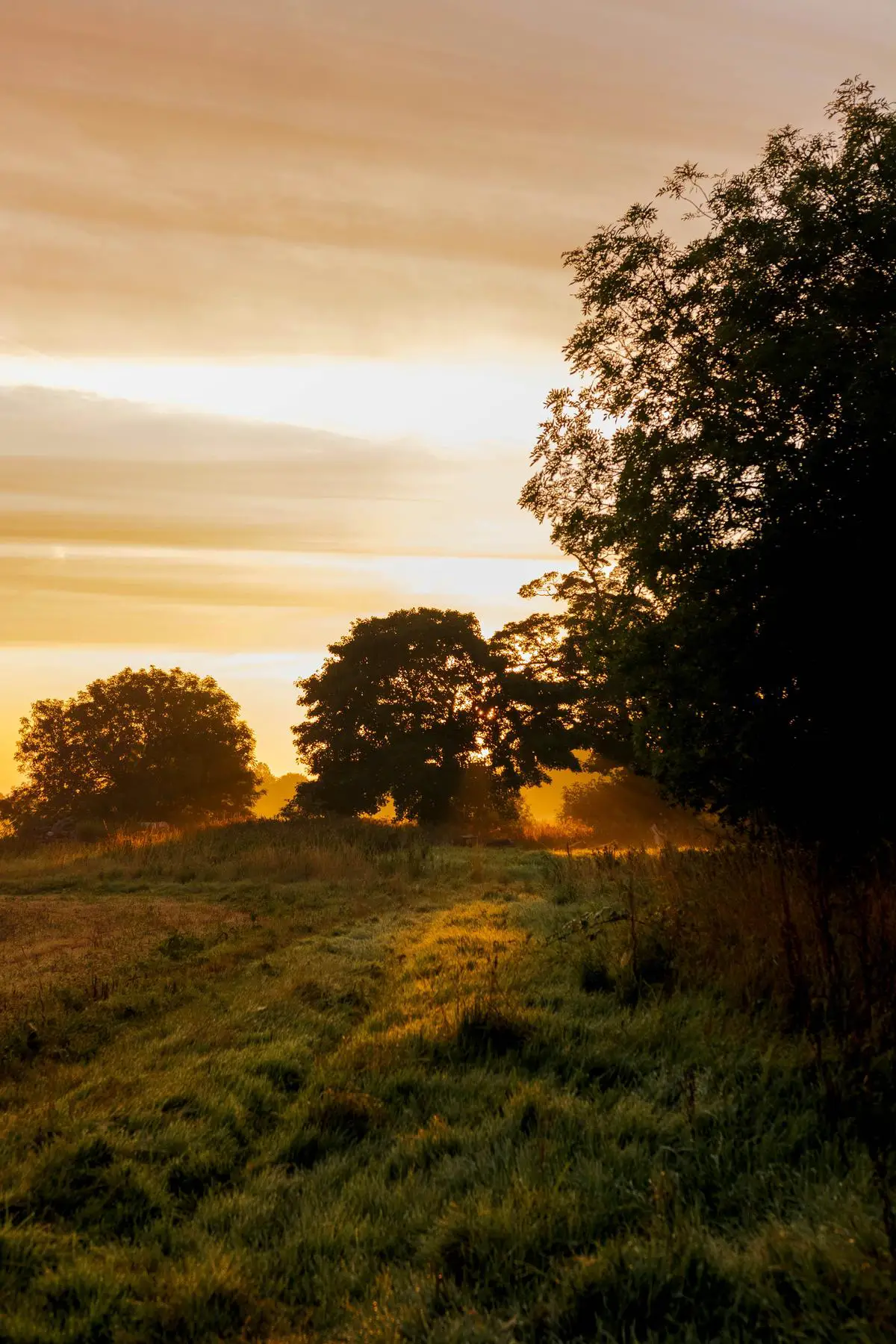
Popular French Horse Breeds
Delving into the vibrant world of French horse breeds, it’s clear that each breed carries a unique legacy of elegance, power, and grace.
Perhaps one of the most recognized breeds is the majestic Camargue, which originates from the Camargue region in Southern France.
These horses are famous for their ruggedness, stamina, and ability to navigate the marshy wetlands of their homeland.
They are often easy to spot with their distinctive gray coat, making them a favorite among horse enthusiasts and photographers alike.
Next in the lineup is the famed French draft horse known as the Boulonnais.
Often referred to as the “White Marble Horse,” the Boulonnais is admired for its muscular build and smooth, shiny coat, embodying power and beauty.
This breed has proven invaluable for tasks requiring significant strength, such as pulling heavy loads, and yet they maintain a surprisingly gentle demeanor for their size.
Another notable horse is the Breton, hailing from the Brittany region.
Known for its versatility, the Breton serves in various capacities – from farm work to meat production, which, admittedly, can be a controversial topic.
Breton horses are particularly robust and hardy, with a chestnut or bay coat and a stature that showcases their exceptional pulling abilities.
The Castillonnais is a lesser-known yet intriguing breed, often found in the Pyrenees mountains.
These horses are small but incredibly resilient, adapting seamlessly to the rough terrain they navigate.
They possess a kind, friendly nature which makes them suitable for leisure riding and therapeutic equestrian programs.
Let’s not overlook the Merens, another mountain breed.
Originating from the Ariège region, these horses are easily recognizable by their black coats.
They’re highly regarded for their sure-footedness in mountainous environments and boast a gentle character which makes them suitable companions for riders of all ages.
Managing to keep their place among modern riders, the Poitevin Mulassier, traditionally used for agricultural work, has evolved to meet the needs of today’s equestrian activities.
While they’re less common than other breeds, their remarkable calmness and intelligence endear them to those lucky enough to encounter them.
Lastly, the Auvergne horse, once on the brink of disappearing, is making a comeback.
Originating from the mountainous regions of Auvergne, this breed is small yet mighty, known for its endurance and agility.
Efforts to preserve the Auvergne have highlighted the breed’s suitability for both work and pleasure, attracting new admirers to its storied history.
In the landscape of French equine culture, these breeds represent a living heritage, reflecting the diverse terrains and historical needs of the regions they hail from.
Each breed, whether celebrated for labor or leisure, carries a story of France’s relationship with these noble creatures.
From the sleek stride of the Camargue in the river deltas to the sturdy resilience of the Breton in the fields, French horse breeds continue to captivate and serve, just as they have for centuries.
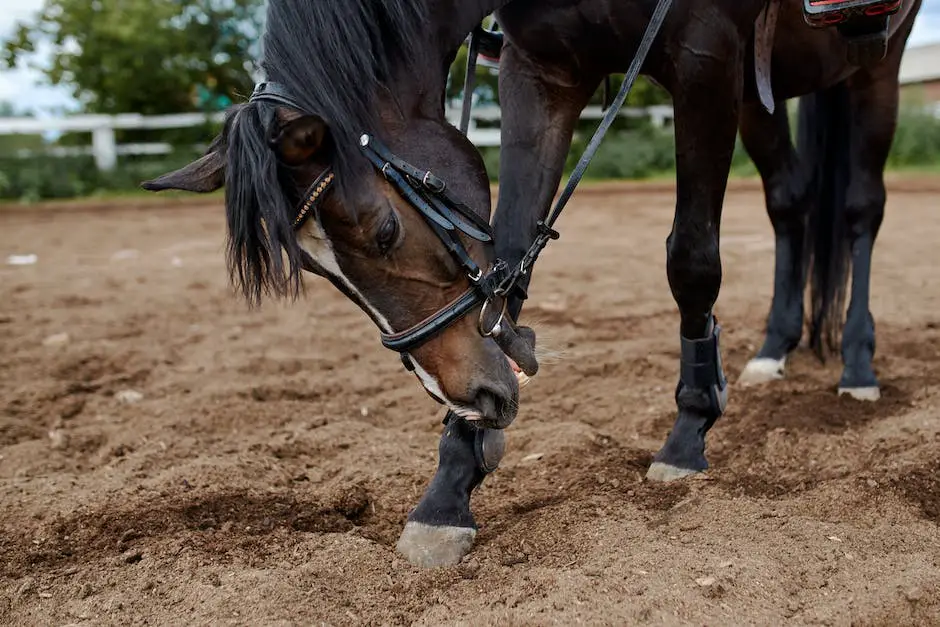
Conservation and Preservation
Breeding programs and conservation efforts are at the forefront of maintaining the integrity and survival of French horse breeds. Many of these breeds face dwindling numbers due to changing agricultural practices and the rise of mechanization. Fortunately, passionate enthusiasts and organizations are stepping up to safeguard these living symbols of French heritage.
Haras Nationaux, or the French National Stud, plays a particularly vital role. This institution, with roots dating back to royal decree, now focuses on strategies to protect and perpetuate purebred French horse strains. They collect and analyze genetic data, devise breeding programs, and encourage the use of these horses in contemporary settings.
Another pivotal effort is the inscription of certain breeds into an endangered status. This recognition often catalyzes the action, bringing conservation to the attention of the public and authorities. The Camargue horse, for instance, stands as a breed of cultural significance, leading to habitat preservation in the Camargue region.
Cultural events and traditional festivals also serve as platforms for conservation. Showcasing these horses’ abilities and history increases public interest and support. Festivals celebrating regional breeds, like the Boulonnais or the Breton, help kindle a sense of pride and foster a community around these breeds.
Equestrian tourism is yet another avenue through which conservation strides forward. Riding tours that feature French breeds offer an experience deeply connected to the land and culture. They also provide an economic incentive to maintain breed populations.
Organizations like the French Federation for Equine Tourism work to broaden these opportunities, realizing their potential in conservation. Marketing breeds like the Merens or Auvergne for their distinctive traits ensures these horses are not just a page in history, but active participants in France’s equine scene.
Finally, breeding incentives and registries keep track of bloodlines and maintain purebred statuses. Groups like the Société Hippique Française and various breed associations offer support to breeders, championing the uniqueness of each breed and advocating for their sustained presence.
In conclusion, a concerted blend of institutional support, cultural appreciation, and economic viability frames the efforts to preserve the French horse breeds. These majestic creatures, known for their varied traits and storied past, continue to find a place in both the hearts of enthusiasts and in the rolling pastures of France, where they have tread for centuries.
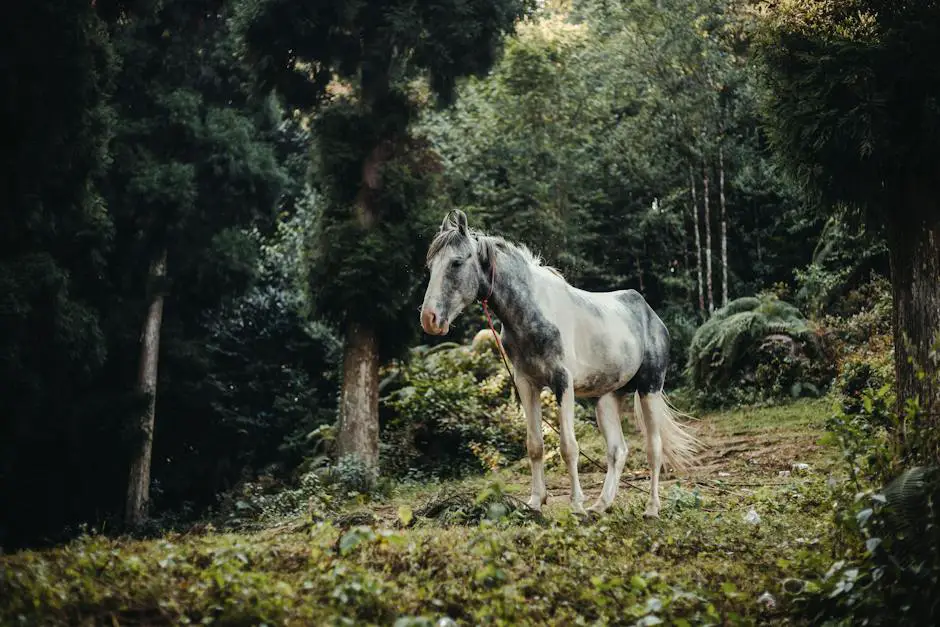
French Horses in Equestrian Sports
In the fascinating world of equestrian sports, French horse breeds have pranced their way into the spotlight, showcasing an array of qualities that have not only made them a favorite among enthusiasts but also icons of excellence in various disciplines. These breeds’ definitive characteristics have become their passport to worldwide acclaim in the equine community.
For starters, consider the endurance and agility of the Auvergne horses which have stemmed from their origins in the rugged terrains of France. Like the all-terrain vehicles of the horse world, Auvergnes have demonstrated their prowess in endurance rides, becoming a sought-after companion for riders who relish long-distance challenges.
Simultaneously, equine aficionados have long celebrated the Camargue horse. These beauties, roaming wild in the Rhône River delta, are easily recognizable by their rugged, yet elegant white coats and indomitable spirit. Their adaptability has allowed them to transition from marshy homelands to becoming stars in various riding schools and tourist attractions.
Let’s not overlook the powerhouses known as Boulonnais horses. These “gentle giants,” with their brawny build, have broken free from their traditional roles of heavy draft work to show that strength can be coupled with poise, making them excellent contributors to harness and under-saddle classes.
On the other hand, the Breton horses have demonstrated remarkable versatility. Once the backbone of farm work and even utilized in meat production, they have now sauntered into the show ring, pulling carriages with the same elegance as they once plowed fields.
The mountain terrain of the Pyrenees is home to the Merens horses, steadfast beings known for their sure-footedness. Their compact frames and nimble movements make them natural choices for trekking and trail riding, endearing them to those who seek reliability and connection in their equestrian pursuits.
Diving into rustic French landscapes, we find the Castillonnais and Poitevin Mulassier breeds. The Castillonnais, with their resilience, navigate rocky terrains with ease, while Poitevin Mulassiers, once a symbol of traditional farming, are adapting to modern equestrian activities, gracing us with their adaptability and unique appearance.
Remarkable efforts are underway to protect these treasured breeds. Institutions like the Haras Nationaux lead the charge, safeguarding the future of these living legacies. It is critical to recognize the breeds at risk and enroll them into conservation and breeding programs, preserving the unique traits that make them invaluable to French heritage.
Cultural events, traditional festivals, and equestrian tourism serve not only as windows into the rich equine culture of France but also as important mechanisms in the conservation effort. They bring the pomp and splendor of these breeds to the public eye, fostering a greater appreciation while providing economic stimulus to regions known for their equine populations.
Supporting the conservation cause, various organizations tirelessly work to enhance opportunities in equestrian tourism and marketing, shedding light on the appeal of each distinct breed. With breeding incentives and registries, they ensure the maintenance of purebred lines and support the breeders dedicated to these majestic animals.
In the grand tapestry of equine heritage, institutional support, cultural appreciation, and economic viability interlace to form a resilient fabric that not only preserves but also elevates French horse breeds. They are not merely animals; they are symbols of a nation’s history, regional diversity, and the unyielding spirit of the equestrian soul. As the narrative of these breeds continues to unfold, their legacy gallops on, making an indisputable mark in the hearts of horse lovers and the annals of equestrian sports alike.
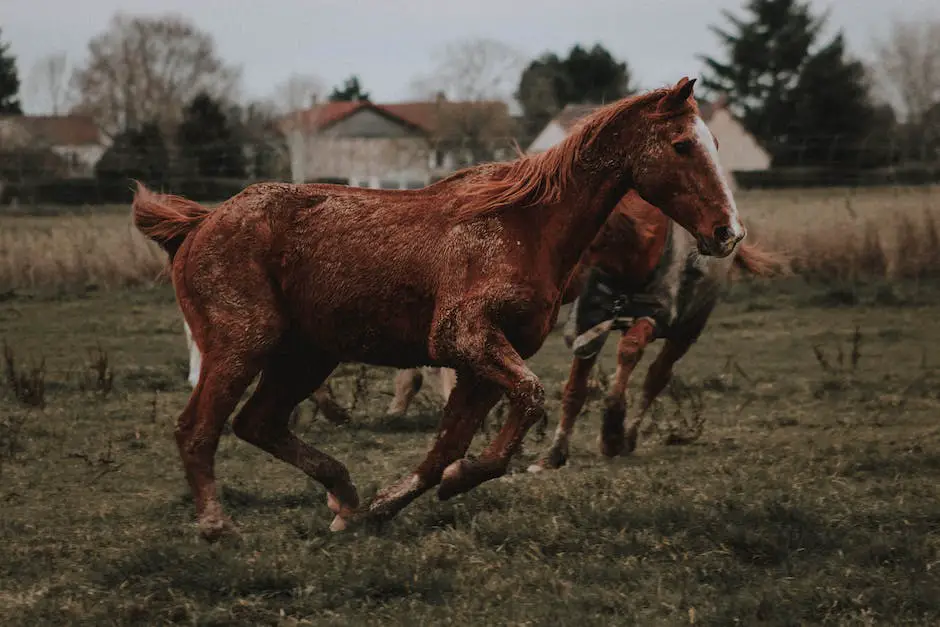
Choosing the Right French Breed
Choosing the Right French Horse: A Guide Based on Purpose and Temperament
When it comes to selecting a horse from the magnificent array of French breeds, knowing what each breed excels in makes all the difference in achieving equestrian satisfaction. After a thorough dive into horse breeding history and evolution in France, it’s clear that each breed offers unique strengths. But how does one go about picking the perfect equine partner?
First, consider the primary use for your horse. Are you looking for a mount with flair for dressage or a skillful jumper for show events? Perhaps you need a hard worker for farm tasks or a tough companion for long trail rides. Once the purpose is crystal clear, you can weigh the strengths of each breed against your needs.
Let’s say you’re enchanted by the thrill of the steeplechase or other racing pursuits; the French Trotter is built for such competitions with its stamina and speed. However, if venturing through France’s rugged terrain is your idea of a perfect weekend, the Castillonnais might offer you the resilience to traverse those paths with ease.
Additionally, think about temperament. Some breeds, like the Boulonnais, are known for their calm demeanor, making them excellent candidates for new horse owners or those looking for a gentle giant. In contrast, the spirited nature of the Camargue horses might suit those looking for a horse with a wild streak and a heart for adventure.
Aside from temperament and intended purpose, consider the space available. Larger breeds such as the Boulonnais will require more room and fodder, possibly increasing maintenance costs, while smaller breeds might fit better in limited spaces.
The physical and mental health of the horse should be paramount. Make connections with established breeders, preferably those engaged with organizations dedicated to the conservation and well-being of these animals. This way, not only do you ensure getting a healthy horse, but you also contribute to maintaining the legacy of French horse breeds.
Physical conformation – that is, the horse’s body build and structure – should mirror the tasks they are bred for. The sturdy frame of the Breton is ideal for hauling, while the sleek build of the Selle Français suggests agility for show jumping. Matching the horse’s build to the job ensures they can perform without undue stress or injury.
Ultimately, careful evaluation of your equestrian desires and the horse’s attributes will lead to a rewarding partnership. Whether it’s the stamina of the Auvergne, the versatile strength of the Breton, or the Camargue’s heart for freedom, a horse is waiting to share in your passion for riding. Take the time to connect with the horse’s spirit and honor the rich tapestry woven by generations of French horse breeding.
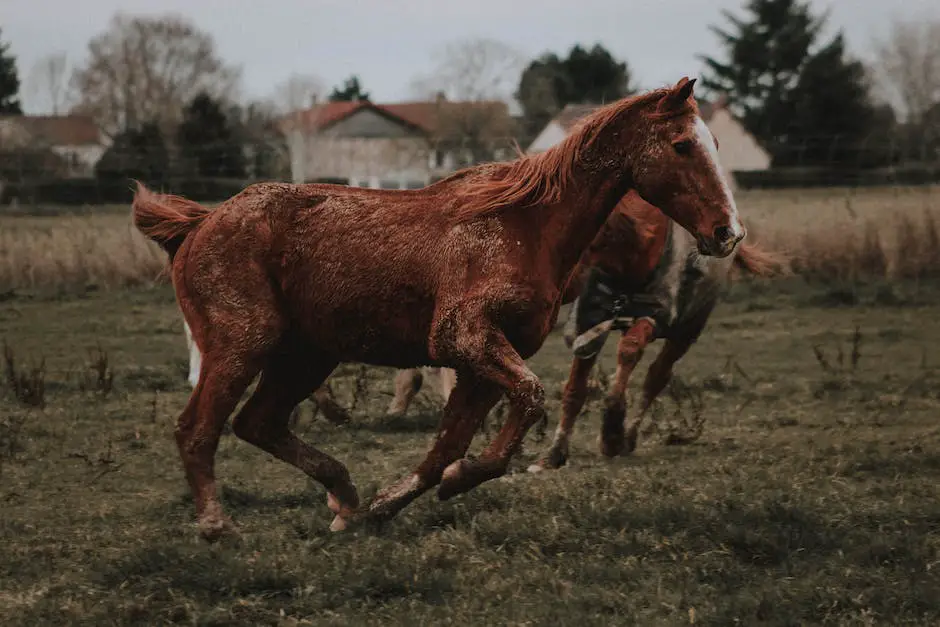
Embracing the majestic world of French horse breeds has the power to transform the equestrian experience into an art form. Each breed emanates its own symphony of traits, a melodic fusion of strength, agility, and grace. As we bridge the gallop between past and present, we uphold the spirit of French equine heritage through every stride and leap taken by these magnificent creatures. The legacy of French horses is a living chronicle, a continuous journey written by the hoofbeats of history. May the passion for these equine paragons remain a vibrant and flourishing chapter in the annals of equestrian endeavor for generations to come.

